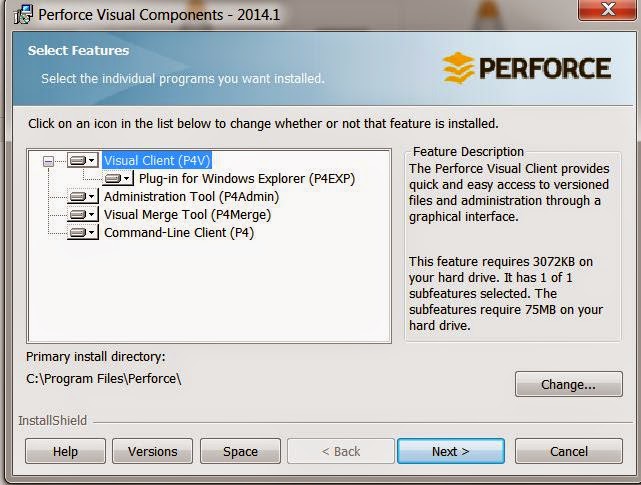What is Maven?
Architechture of Maven:
mvn: compile -> Maven reads pom.xml, contacts Maven Repository to download all the required jar dependencies and virtually places them inside the directory structure. Once done, compiles the Source Code.
mvn: package -> This command packages all the directory structure and provides the build. In our case it is the JAR file.
With the above three simple commands, Maven helped us achieve the Directory Structure, Choose the Right Dependencies, Compile and finally Package it.
Maven Build Process:
Irrespetive of Maven, all builds follow certain Build Life Cycle. Build Life cycle constitutes many Phases [example: compile, package] indeed. A typical Maven Build Life Cycle constitutes four phases:
Whenever we run a specific phase, other phases below run implicitly. For example if run package phase [resource gets prepared and compiled and finally packaged]
Note: Install command is Maven specific. It does not installs the war/ jar into Tomcat. It just instals into Maven Repositary [most often it is in our System]. Incase of any dependencies, Maven first looks into the Local Repository, it downloads if and only if it couldn't fetch from the Local.
Location of Maven Local Repository is C:\Users\Ananda\.m2\repository
- Maven is a S/w Project Management Tool that provides the Project Object Model [POM file] to manange the Project Builds, Dependencies, Documentations, Mailing List.
- Powerful Feature of Maven is that it's ability to download the dependencies automatically.
Why Maven?
Common Problems we face in S/w Development is that
- Each Project Type has it's own structure and there is a need to take care of it.
- Requirement of Multiple Jars and other Dependencies. For each framework like Spring, hibernate etc we need to be aware of the Jars Required for the Corresponding Versions.
- Build Process and Deployment
Apache group mainly developed Maven to build multiple projects together, publish projects information, deploy projects, share JARs across several projects and help in collaboration of teams.
How to SetUp Maven?
- Dowlaod the latest version from http://maven.apache.org/ and unzip it.
- Set the Environment Variables MAVEN_HOME / PATH / JAVA_HOME as below.
- That's it. Once done open the cmd and type to check if everything has been set well.
How to setup a Project Structure via Cmd Prompt?
- Run the cmd mvn archetype:generate from Cmd Prompt.
- We get a list of predeined archetypes.
- Archetype refer to the prototype how we want to structure our project. It requests for versions in some cases and other properties like groupId [similar to package name], artifactId [similar to project name],
Now if we look into the directory, we find the well defined Project structure with pom.xml carrying all the required details about the Project Structure, Dependencies, ArtiactId etc.,
artifactId
|_src
|_main
|_java
|_resources
|_test
|_pom.xml
Let's see how to run the Project. Check if have the sample hello worldwithin the java directory above.
- Run the Command mvn comile. This downloads all the required jars and compile the class files to the artifactId->target directory
- Now run the command mvn package. This builds not only jar but also run all test cases, so we don't have worry about running the Unit Tests manually.
- Now roll the Java Main method with java -cp foo.jar full.package.name.ClassName
- We setup Maven in Dev Environment.
- Maven contacts Maven Repository to fetch the dependencies.
- Maven holds two types of Information - Archetype and Dependency Information.
mvn archetype:generate -> This command contacted Maven Repository and fetched the list of Archetypes. Once we provide the required Archetype as Input, the project structure was created along with POM file as below.
With the above three simple commands, Maven helped us achieve the Directory Structure, Choose the Right Dependencies, Compile and finally Package it.
Maven Build Process:
Irrespetive of Maven, all builds follow certain Build Life Cycle. Build Life cycle constitutes many Phases [example: compile, package] indeed. A typical Maven Build Life Cycle constitutes four phases:
Whenever we run a specific phase, other phases below run implicitly. For example if run package phase [resource gets prepared and compiled and finally packaged]
Note: Install command is Maven specific. It does not installs the war/ jar into Tomcat. It just instals into Maven Repositary [most often it is in our System]. Incase of any dependencies, Maven first looks into the Local Repository, it downloads if and only if it couldn't fetch from the Local.
Location of Maven Local Repository is C:\Users\Ananda\.m2\repository























